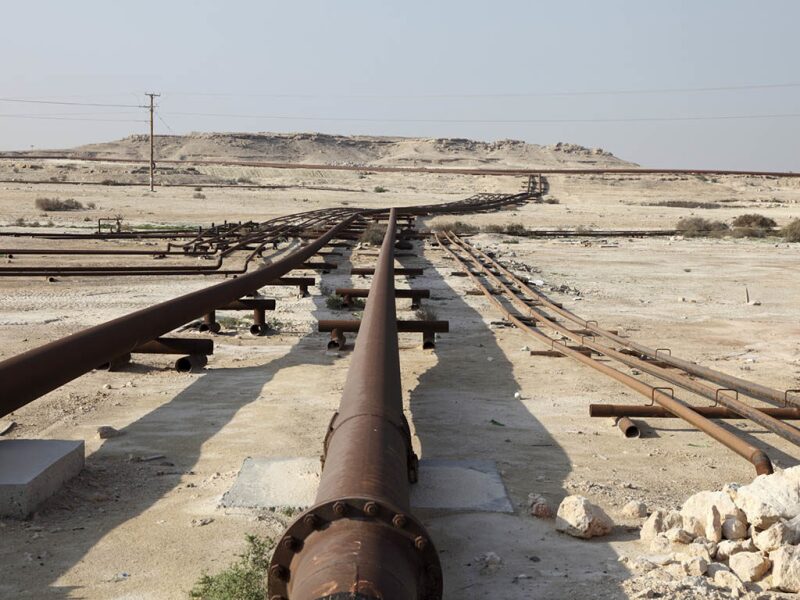Summary
This paper presents a methodology to estimate the probability of failure of every individual corrosion defect and the residual likelihood of failure of an overall corroded pipeline segment after selected repairs, using structural probabilistic analysis based on the assumption of a stationary gamma distribution of the corrosion process. Metal loss size is taken as the load condition, and the allowable depth of the defect is taken as the resistance condition. The load condition is obtained applying the probabilistic transformation method (PTM) and the resistance condition is obtained through Monte Carlo simulation.
Using inspection data collected on a gas pipeline segment pigged two times, results of the suggested methodology are compared with those obtained by a classical approach based on a Gaussian distribution. It is determined that the use of Gaussian model overestimates for a short time horizon after inspection the failure probability, and suggests many useless repairs. The model developed in this paper instead authorizes a more rigorous estimation of failure probability and a significant reduction of maintenance costs.
Introduction
Probability of failure increases while pipelines become aged, and maintenance and rehabilitation strategies should be based on the prediction of the pipeline resistance behavior with time. Corrosion can be defined as a dynamic and complex destructive attack on pipelines. It is related to the physical properties of the pipeline, its surrounding environment, its mechanical properties, its coating, and the efficiency of its cathodic protection (Ahammed and Melchers 1996, 1997). The deterioration mechanism caused by corrosion is made possible once the pipeline is pigged several times. Nevertheless, because of the considerable length of pipelines carrying hydrocarbons, inspection by smart pigs is expensive, and its planning must take limited resources into consideration. Though the interval between two inspections is important, the longer that interval, the greater the uncertainty about the deterioration state of the pipeline. In this context, mathematical models are to be developed in order to serve as a way to optimize maintenance planning and to allow a quantitative evaluation of the remaining probability of failure during the interval between two inspections.
To estimate the failure probability of a corroded pipeline, corrosion rate is the fundamental parameter to be assessed. This evaluation is based on the comparison of the sizes of defects in successive ILI inspection runs (Worthingham et al. 2002). To make prediction of this deterioration possible, a minimum of two sequential inspections is theoretically required.

